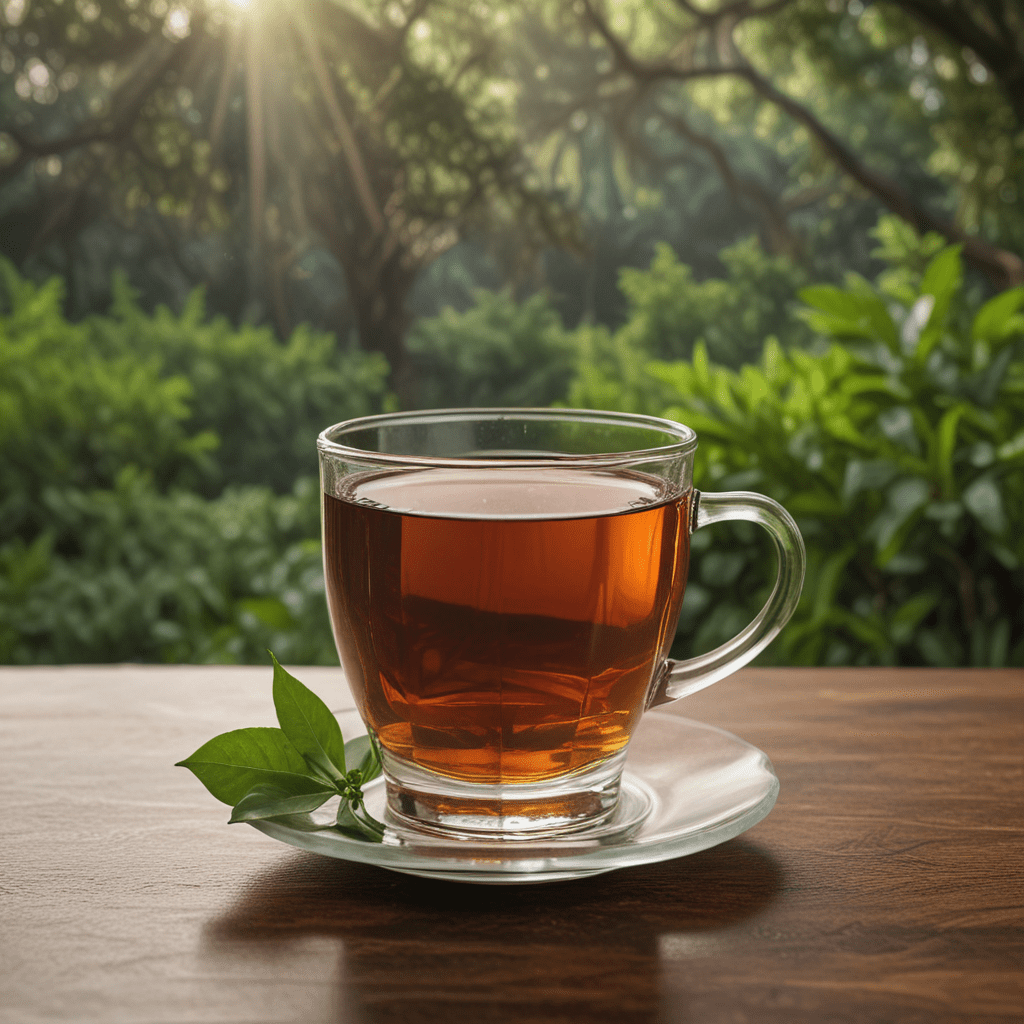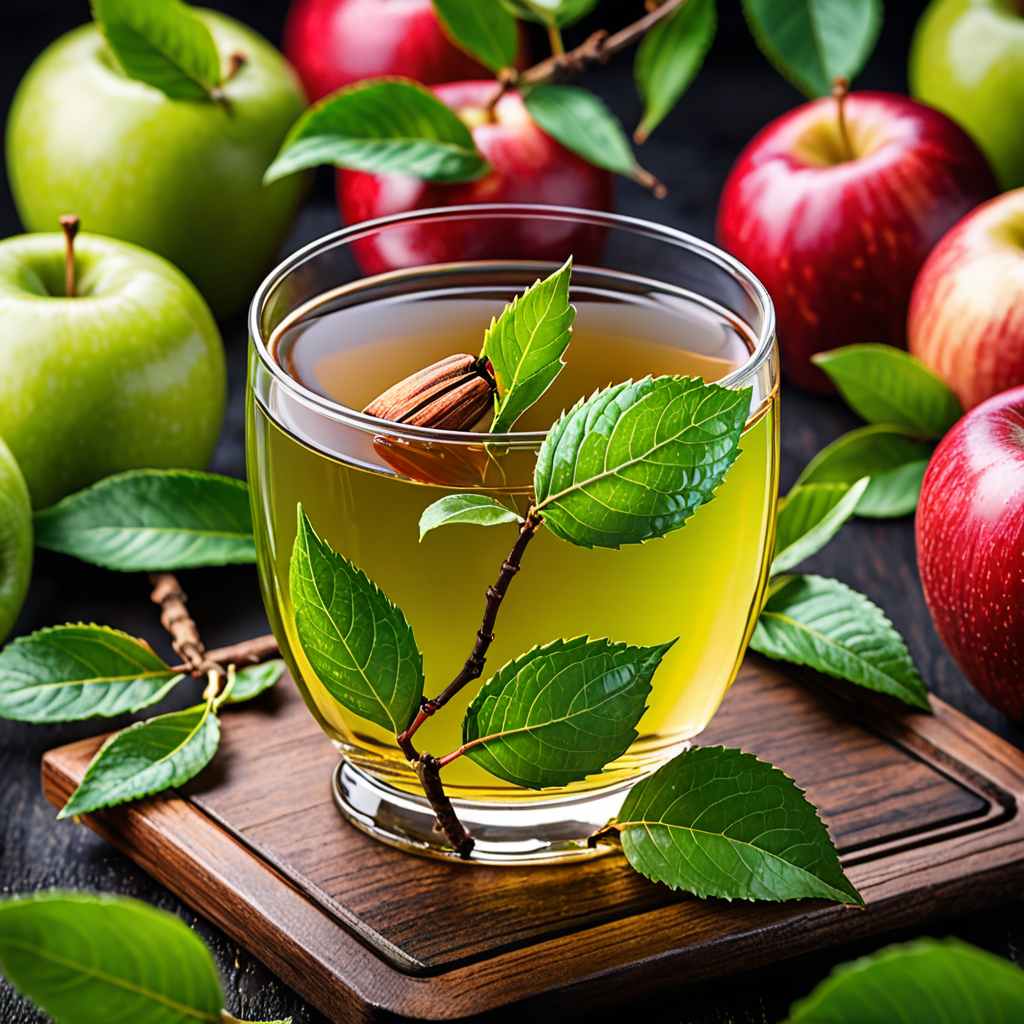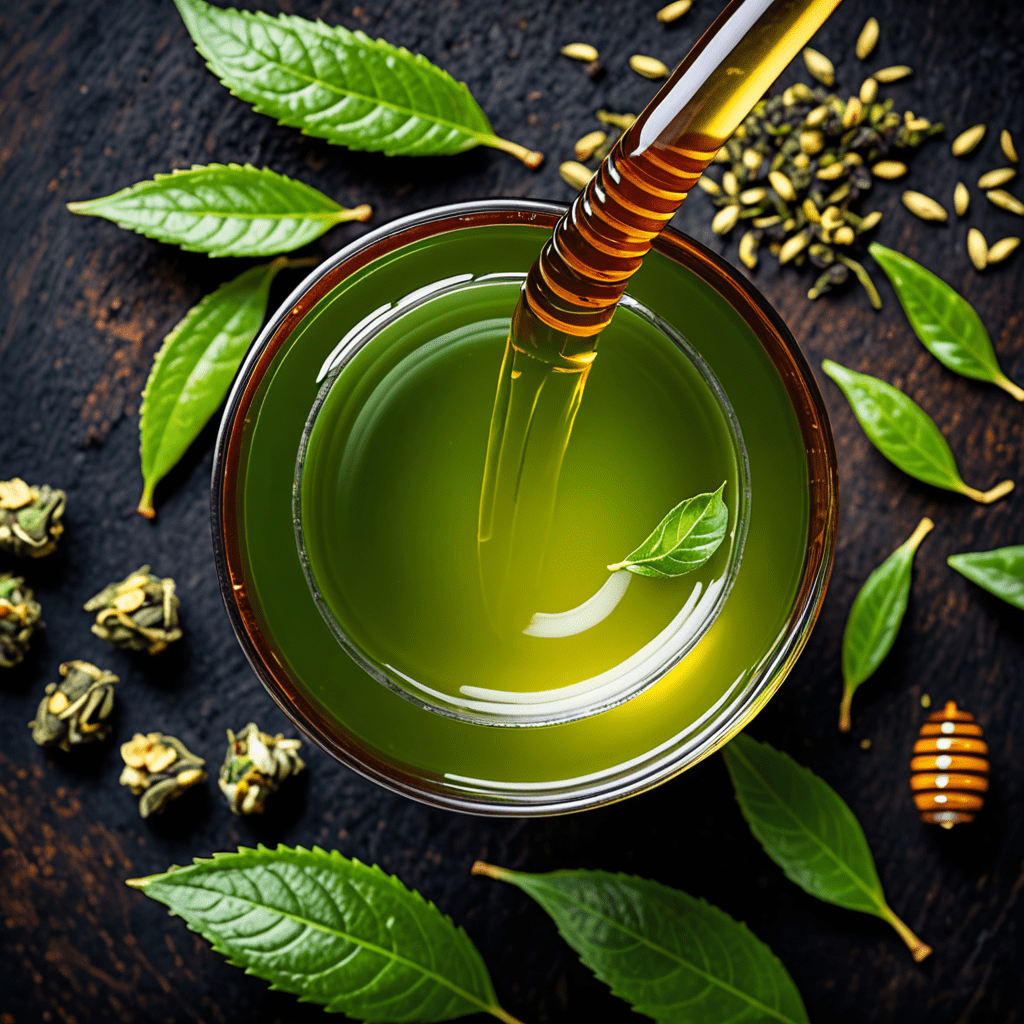Ceylon Tea: A Cultural Treasure of Sri Lanka
Introduction:
In the tapestry of Sri Lanka's rich cultural heritage, Ceylon tea stands as an exquisite thread, woven into the fabric of its history, traditions, and economic prosperity. The island nation's unique geography and climate create an ideal environment for cultivating tea, a beverage that has become deeply ingrained in the lives of Sri Lankans and a source of national pride.
Origins of Ceylon Tea:
The story of Ceylon tea began in the mid-19th century when British planters introduced tea plants from India. These plants thrived in the fertile soils and humid conditions of Sri Lanka's central highlands, leading to the establishment of extensive tea estates. The industry rapidly expanded, transforming Sri Lanka into one of the world's leading tea producers.
Cultivation and Production:
Ceylon tea is renowned for its distinctive flavor and aroma, attributed to the unique growing conditions and harvesting methods employed. The tea plants are grown on meticulously maintained plantations, nestled amidst lush greenery and rolling hills. The optimal harvesting window, known as the "two leaves and a bud" stage, ensures that only the finest and most flavorful leaves are picked.
Processing and Manufacturing:
The processing of Ceylon tea follows the traditional "orthodox" method, which involves several intricate stages. After harvesting, the leaves are withered, rolled, fermented, and dried. This meticulous process preserves the delicate flavors and aromas of the tea. The resulting black tea leaves are then graded and blended to create distinctive varieties, each with its own unique character.
Grading and Blending:
Grading refers to the classification of tea leaves based on their size and quality. The finest leaves, known as "Orange Pekoe" (OP), yield a delicate and flavorful brew. Blending is an art form, where different grades of tea are combined to create harmonious flavors and aromas. Skilled blenders strive to achieve the perfect balance of strength, body, and character in each blend.
6. Tea Culture in Sri Lanka
In Sri Lanka, tea transcends its status as a beverage and assumes a profound cultural significance. It permeates daily life, from humble homes to grand occasions. Sri Lankans savor their tea throughout the day, engaging in convivial gatherings known as "tea parties." These tea rituals hold deep social and cultural importance, fostering connections and strengthening bonds within communities. Traditional tea-making methods, passed down through generations, add another layer of charm to the tea experience.
7. Economic Importance
Ceylon tea serves as a cornerstone of Sri Lanka's economy. The cultivation and export of tea generates substantial foreign exchange earnings, boosting the nation's economic growth. The tea industry provides employment opportunities to countless individuals, directly and indirectly, shaping the livelihoods of many Sri Lankans. Moreover, tea has established Sri Lanka as a globally recognized brand, enhancing its tourism and hospitality sectors.
8. Health Benefits of Ceylon Tea
In addition to its gustatory delights, Ceylon tea is revered for its potential health benefits. It contains high levels of polyphenols, a group of antioxidants associated with reducing the risk of chronic diseases. Research suggests that regular consumption of Ceylon tea may contribute to better cardiovascular health, lowering cholesterol levels, and protecting against oxidative damage. While these studies hold promise, it's important to consult healthcare professionals for personalized dietary advice.
9. Recognition and Accolades
Ceylon tea's exceptional quality and distinctive flavor have earned it international acclaim. Over the years, it has garnered prestigious awards and accolades, showcasing its excellence on a global stage. Renowned tea competitions have consistently ranked Ceylon tea among the finest, highlighting its unparalleled taste and aroma. These honors serve as a testament to the dedication and expertise of Sri Lankan tea producers.
10. Preservation and Sustainability
Recognizing the significance of Ceylon tea to Sri Lanka's cultural heritage and economic prosperity, concerted efforts are underway to preserve and promote its sustainability. Conservation practices seek to maintain the unique tea-growing ecosystem, fostering biodiversity and ensuring environmental resilience. Sustainable tea cultivation methods minimize ecological impact, conserving water resources and reducing chemical usage. By balancing economic interests with ecological stewardship, Sri Lanka aims to ensure the longevity of its cherished tea industry.
FAQs
What makes Ceylon tea unique?
Ceylon tea stands out for its distinctive flavor and aroma, owing to the island nation's ideal geography, meticulous cultivation practices, and traditional manufacturing methods.
What does "OP" denote in tea grading?
"OP" stands for "Orange Pekoe," indicating the finest grade of tea leaves, resulting in a delicate and flavorful brew.
What health benefits are attributed to Ceylon tea?
Ceylon tea is recognized for its potential health benefits due to its high levels of antioxidants. It may promote cardiovascular health, potentially lowering cholesterol and preventing oxidative damage.
Why is Ceylon tea so important to Sri Lanka's economy?
Ceylon tea plays a pivotal role in Sri Lanka's economic growth, generating substantial foreign exchange earnings and providing employment opportunities to many locals. Additionally, it enhances the nation's tourism and hospitality sectors.
How is Ceylon tea promoting sustainability?
Sustainable tea cultivation practices in Sri Lanka include conserving water resources, minimizing chemical usage, and preserving the tea-growing ecosystem, aiming to ensure the industry's long-term viability and protect the environment.



